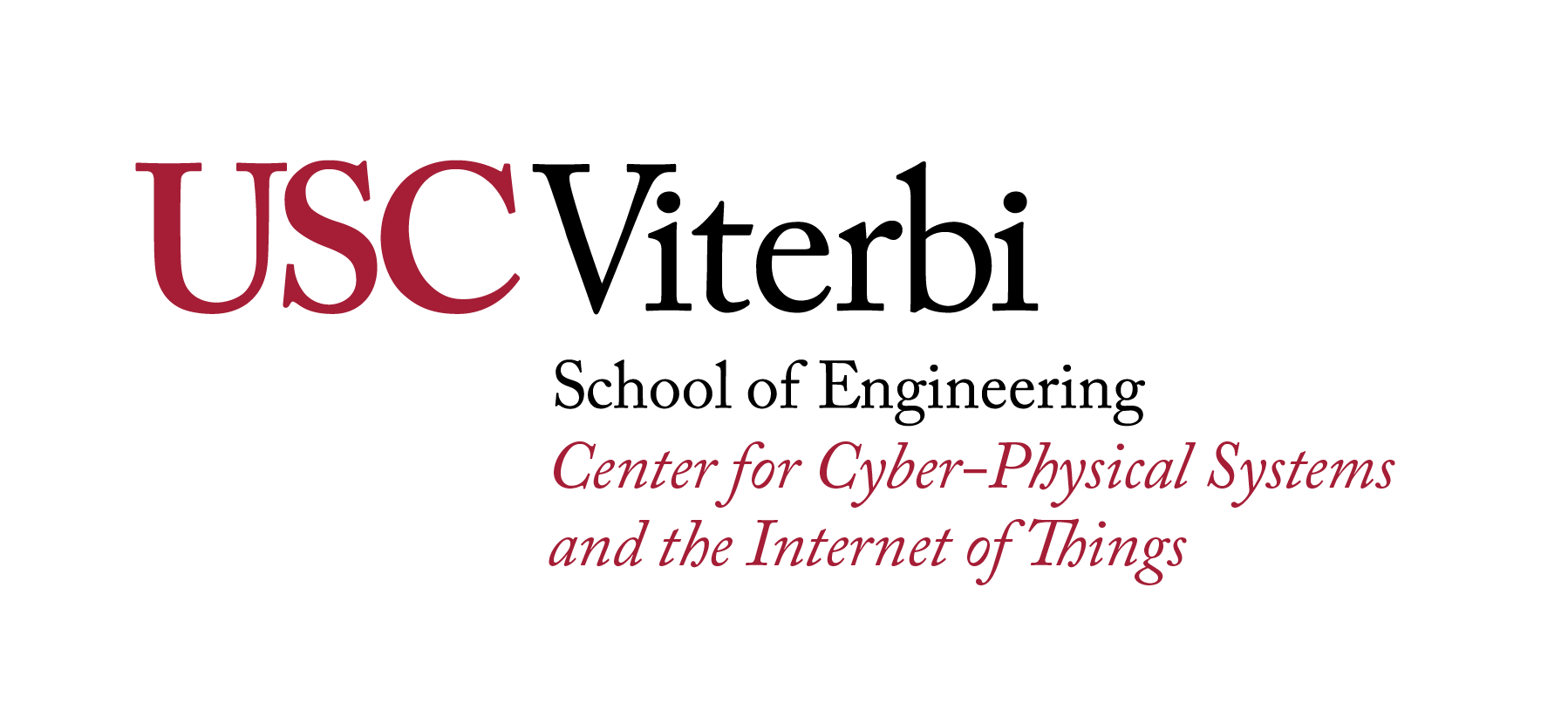Towards Stochastic Geometry for Smart Cities and Internet of Things

Guest Speaker:
Harpreet S. Dhillon — Virginia Tech
Wednesday, January 10, 2018
EEB 248
2:00PM
ABSTRACT: Stochastic geometry deals with the study of random spatial patterns. Such patterns appear in all major technological systems of critical importance to smart cities, such as communication networks, transportation, and smart grid. For instance, locations of wireless nodes, vehicles, and electric vehicle charging stations can all be visualized as random point patterns and can hence be modeled as point processes. Somewhat less obviously, the layout of roads in a city can also be visualized as a random spatial pattern (and can hence be modeled as a line process).
In this talk, our focus will be on doubly-stochastic spatial models and their applications to problems of interest to communications and CPS communities. We will start our discussion with networks formed on roadways. In order to model these networks, we will construct a doubly-stochastic model in which the layout of roads is modeled using a line process and locations of vehicles (and other infrastructure elements) on each road as a Poisson point process. Using this model, we will first characterize the performance of a wireless link formed by a typical vehicle with another vehicle in the same network. This basic construct can be used to characterize wireless performance in emerging V2X/C-V2X technologies. We will then apply the same model to study the problem of infrastructure placement (such as electric vehicle charging stations) along the roads. In such problems, we generally need to measure distances along the roads (similar to Manhattan distance) because of which the resulting analysis has a significantly different flavor compared to that of wireless networks. In the remaining time, we will focus on Poisson cluster process, which is a doubly-stochastic spatial model that is useful in capturing spatial coupling in the locations of wireless nodes. We will discuss its applications to both Internet of Things and cellular networks (time permitting). Interested readers can refer to the following two representative papers to get more rigorous details: https://arxiv.org/abs/1709.
BIO: Harpreet S. Dhillon received the B.Tech. degree in Electronics and Communication Engineering from IIT Guwahati in 2008, the M.S. degree in Electrical Engineering from Virginia Tech in 2010, and the Ph.D. degree in Electrical Engineering from the University of Texas at Austin in 2013. In academic year 2013-14, he was a Viterbi Postdoctoral Fellow at the University of Southern California. He joined Virginia Tech in August 2014, where he is currently an Assistant Professor of Electrical and Computer Engineering. He has held short-term visiting positions at Bell Labs, Samsung, and Qualcomm. His research interests include communication theory, stochastic geometry, cyber-physical systems, and wireless ad hoc and heterogeneous cellular networks.
Dr. Dhillon is a Clarivate Analytics Highly Cited Researcher and has coauthored five best paper award recipients including the 2016 IEEE Communications Society (ComSoc) Heinrich Hertz Award, the 2015 IEEE ComSoc Young Author Best Paper Award, the 2014 IEEE ComSoc Leonard G. Abraham Prize, and two conference best paper awards at IEEE ICC 2013 and European Wireless 2014. His other academic honors include the 2017 Outstanding New Assistant Professor Award from the Virginia Tech College of Engineering, the 2013 UT Austin Wireless Networking and Communications Group (WNCG) leadership award, the UT Austin Microelectronics and Computer Development (MCD) Fellowship, and the 2008 Agilent Engineering and Technology Award. He currently serves as an Editor for the IEEE Transactions on Wireless Communications, the IEEE Transactions on Green Communications and Networking, and the IEEE Wireless Communications Letters.
Hosted by: Paul Bogdan
